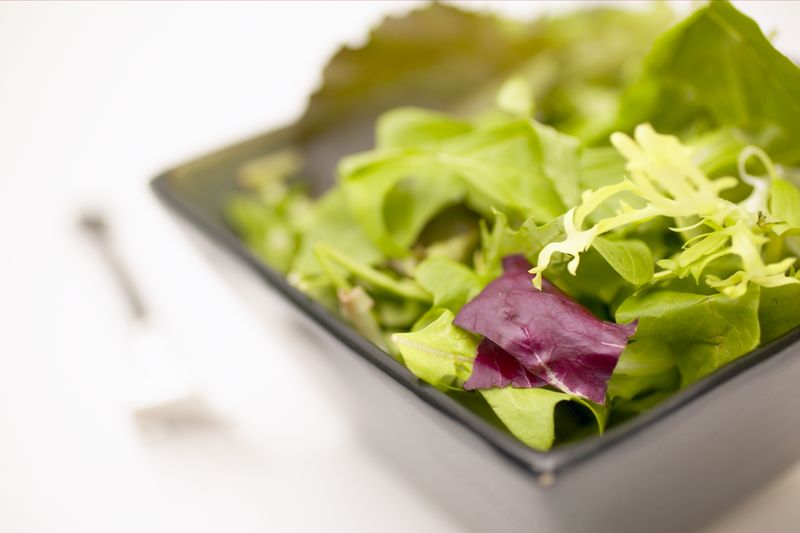<img src="http://thehealthcast.com/wp-content/uploads/2012/01/watermelon_boy.jpg" alt="" title="Kids' Snacks Can Be Healthy and Inexpensive” class=”alignleft size-full wp-image-161″ />
WEDNESDAY, Jan. 25 (HealthDay News) — It’s well-documented that healthy foods such as fresh fruits and vegetables tend to cost more than “junk” foods such as chips and cookies, a phenomenon that’s often cited as a contributing factor to the U.S. obesity epidemic.
But a new study conducted in YMCAs found that healthy snacks aren’t always more expensive, and in some cases are even more economical.
From 2006 to 2008, researchers from Harvard School of Public Health evaluated the snacks offered to kids at 32 YMCAs in four cities in the U.S. Pacific Northwest, South, Midwest and East.
The YMCA sites were participants in a program called the YMCA/Harvard Afterschool Food and Fitness Project, designed to improve the diets and boost physical activity among kids aged 5 to 12 attending the Ys’ after-school programs. The project set out standards for snacks served at YMCAs, including: serving water instead of sugar-sweetened beverages, offering whole grains and a fruit or vegetable with each snack and avoiding trans fats.
“One of the questions we had was what kind of financial burden are we putting on them to ask them to put these healthier foods into place, because it’s known that healthy foods are more expensive,” said Rebecca Mozaffarian, project manager for the YMCA/Harvard program.
The average cost per snack was 57 cents, with prices ranging from 47 cents in the Midwest and Northeast to 78 cents in the Pacific Northwest.
As expected, snacks that met the healthy eating standards cost 50 percent more than those that didn’t.
However, some YMCAs found ways of mixing and matching combinations that both met the healthy eating standards and kept costs at or even below what it would cost to serve a less healthy alternative.
For example, serving water instead of fruit juice significantly reduced the price of a snack. Instead of the fruit juice, Ys could serve water and a banana or apple slices and water, and the snack had the same calorie count at a lower cost. The whole fruit has the added nutritional benefits of fiber and helping kids feel fuller, longer than juice, Mozaffarian said.
Or, for example, water and cheese is less expensive than serving chocolate milk, and the cheese contains less sugar.
Other areas where Ys could make improvements without adding to cost were substituting whole grains, in foods such as Triscuits, Wheat Thins and Cheerios, for refined grains such as graham crackers and Saltines.
And while snacks that included canned or frozen vegetables were on the pricy side, snacks including fresh vegetables, such as carrots and celery, were not.
The study is in the February issue of the journal Preventing Chronic Disease.
Some YMCAs in low-income areas are reimbursed by the federal government for snacks at a rate of 74 cents per snack per child. Using this as a target number, researchers identified a dozen healthy snack combinations that fall under that price. Those include: carrots, hummus and water; apples, cheese slices, water; whole wheat bread, green peppers, turkey slices, water; Craisins (dried cranberry snacks), string cheese, Wheat Thins, water; and applesauce, popcorn, 1 percent milk, water.
Joy Dubost, a registered dietitian and spokeswoman for the Academy of Nutrition and Dietetics, called the study “well-conducted.” However, the five criteria used to determine what qualifies as a healthy snack option aren’t as comprehensive as she would like.
For example, tortilla chips count as a whole grain and therefore meet the criteria for a healthy snack option, but they’re also full of saturated fat, which may contribute to heart disease over the long term.
Applesauce counts as a fruit, but it would be better if the guidelines specified that the after-school programs choose applesauce without added sugar, she said.
In addition to addressing saturated fats and added sugars, the healthiest after-school snack would take into account calories and sodium, which many American children get too much of as well, Dubost said.
“It’s a step in the right direction, but they could be doing a little bit more,” she said.
More information
For more on choosing healthy snacks for children, visit Food and Fun After School.

